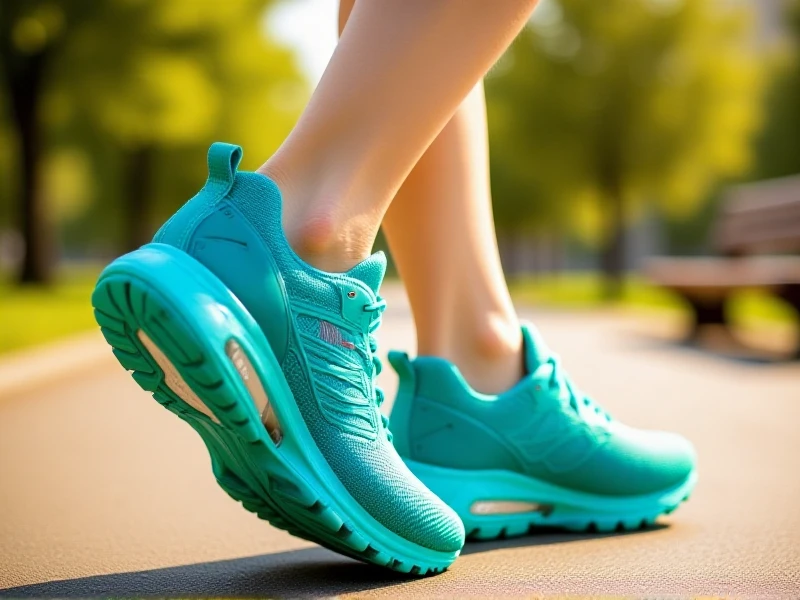
Beginner's Guide to Choosing the Perfect Running Shoes
Here's an SEO-optimized article focused on "Running Shoes":
Finding the ideal pair of running shoes is more than just grabbing the coolest looking trainers off the shelf. The right footwear is your foundation, directly impacting comfort, injury prevention, and performance. With countless options available, navigating the world of running shoes can feel overwhelming. Follow these essential tips to make an informed choice:
1. Analyze Your Foot Type & Gait: This is paramount. Understanding your pronation (how your foot rolls inward upon landing) is crucial. * Neutral Pronation: Your foot rolls slightly inward, distributing impact evenly. Most running shoes cater to this common type. Look for "neutral" or "cushioned" models. * Overpronation: Your foot rolls excessively inward. Seek running shoes offering "stability" or "motion control" features. These have firmer medial (inner side) support. * Supination (Underpronation): Your foot rolls outward. Prioritize maximum cushioning and inherent flexibility in the shoe.
2. Consider Cushioning vs. Stability: The debate often boils down to this. * Cushioned Running Shoes (like Brooks Ghost, Hoka Clifton) excel at absorbing impact, offering a softer, more forgiving ride. Ideal for neutral runners or those with joint sensitivities. * Stability Running Shoes (like Saucony Guide, Asics GT-2000) incorporate technologies (dual-density midsoles, guide rails, medial posts) to gently correct excessive inward roll and provide structure. * Motion Control Running Shoes: Offer the highest level of stability for severe overpronators (e.g., Brooks Beast).
3. Think About Your Terrain & Run Distance: * Road Running Shoes: Designed for pavement and treadmills. They prioritize cushioning, flexibility, and a lighter weight. Excellent for daily training on solid surfaces (e.g., Nike Pegasus, New Balance FuelCell Rebel). * Trail Running Shoes: Tackle dirt, mud, gravel, and rocks. Features include aggressive, grippy outsoles (lugs), enhanced rock plates, toe protection, and water-resistant uppers for rugged terrain protection (e.g., Saucony Peregrine, Salomon Speedcross).
4. Sizing & Fit are Non-Negotiable: Your feet swell during running. Prioritize fit above all else. * Shop Later in the Day: Feet naturally expand. * Thumb-width Space: Ensure about half an inch (a thumb's width) of space between your longest toe and the shoe's end when standing. * Wiggle Room: Your toes should splay comfortably without feeling pinched. * Heel Lock: Your heel should sit securely without slipping, avoiding blisters. * Try With Running Socks: Wear the socks you typically run in when trying on running shoes.
Investing time in selecting the right running shoes pays dividends in miles and smiles. It transforms running from a potential chore into a sustainable, enjoyable pursuit. Visit a reputable running specialty store for expert gait analysis and personalized recommendations tailored to your unique biomechanics and goals. Remember, the best running shoes are the ones that disappear beneath your feet, letting you focus solely on the joy of the run. Don’t settle; find the perfect pair built exclusively for your run!